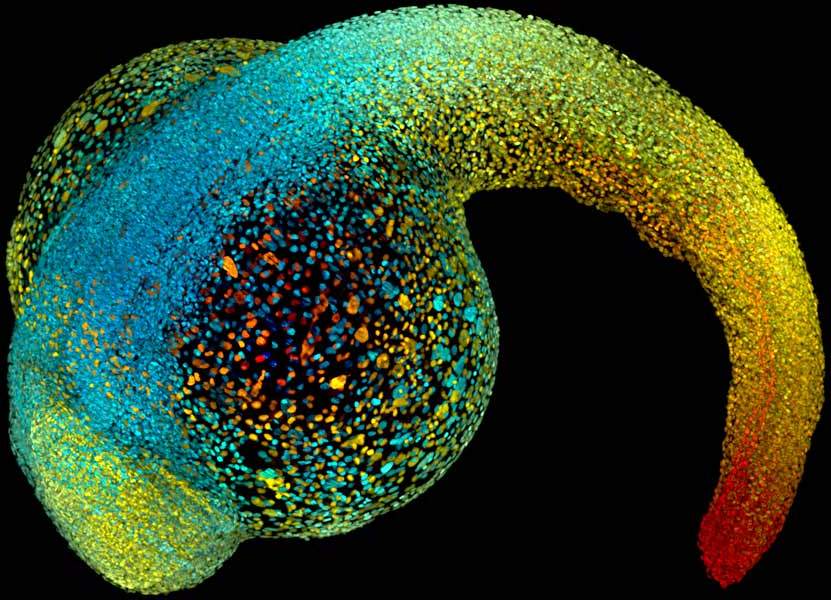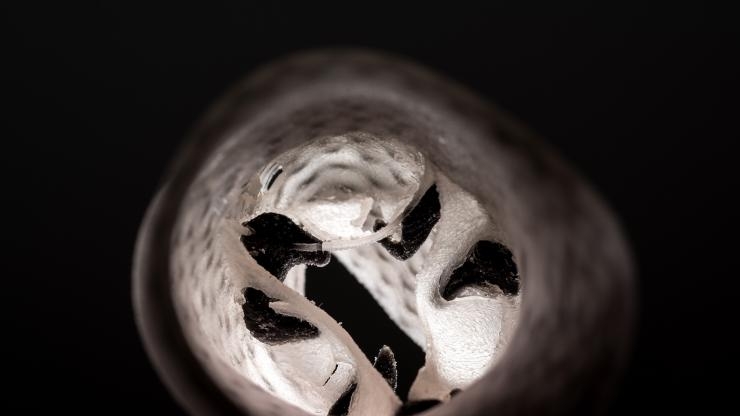The National Institutes of Health biomedical research organization, headquartered in Maryland, is giving $6.25 million to fund a Center for Engineering Complex Tissues in Houston, Texas.
A collaboration between three leading research universities and the Center for Engineering Complex Tissues will have 3D printing and bioprinting at the core of its efforts; moving towards the fabrication and replacement of human organs suitable for transplant.

Powered by Rice, Maryland and Wake Forest
The investment is to be distributed over the course of 5 years, from 2017 – 2022. Rice University, Texas, the University of Maryland, and Wake Forest Institute for Regenerative Medicine in North Carolina are all partners of the center.
To optimize productivity, each university is focusing on a different area within the field for development.
- The University of Maryland will specialize in 3D printed bioreactors for cell cultures, such as microfluidic chips used to channel substances through vessels and monitor the results.
- Wake Forest Institute for Regenerative Medicine is focusing on 3D bioprinting “patterning for cell-laden constructs” which includes development of inks containing live cells for direct 3D printing.
- And Rice University will address 3D bioprinting of scaffold structures that mimic the natural shape of tissues in the body.
An international hub for regenerative medicine
Experts at the Center for Engineering Complex Tissues will also be working on projects with six prominent research universities in the U.S., including Columbia University, Georgia Tech and Stanford. In the future, the center will develop more projects with other institutions, with a view to development in a global scale.

Professor John Fisher, co-principal investigator of the Center for Engineering Complex Tissues, says
CECT will become a national hub for regenerative medicine through which leading experts of all areas of bioengineering, tissue engineering and additive manufacturing can work collaboratively to advance human health.
Anyone in the world will have the opportunity to reach out to us to work in our labs. In this way, CECT will foster a two-way transfer of science to spur innovations that can shape the way bone, tissue and organ defects are treated or repaired.
The 3D printed future of medicine
As we heard from attendees at the 3D Medical Expo in Maastricht, one of the key obstacles to progress in medicine is knowledge of other projects relevant to internal research.
With new research in 3D bioprinting published worldwide on a regular basis, direct communication between such a multitude of universities at this center is an inspiring step, poised to accelerate development in regenerative medicine.
For more news on developments in 3D bioprinting sign up to the 3D Printing Industry newsletter, and follow our active social media channels.
Tickets for the 3D Printing Industry Awards are also now available here.
Featured image shows an aerial view of the National Institutes of Health Maryland Campus. Photo via the United States Department of Health and Human Services


